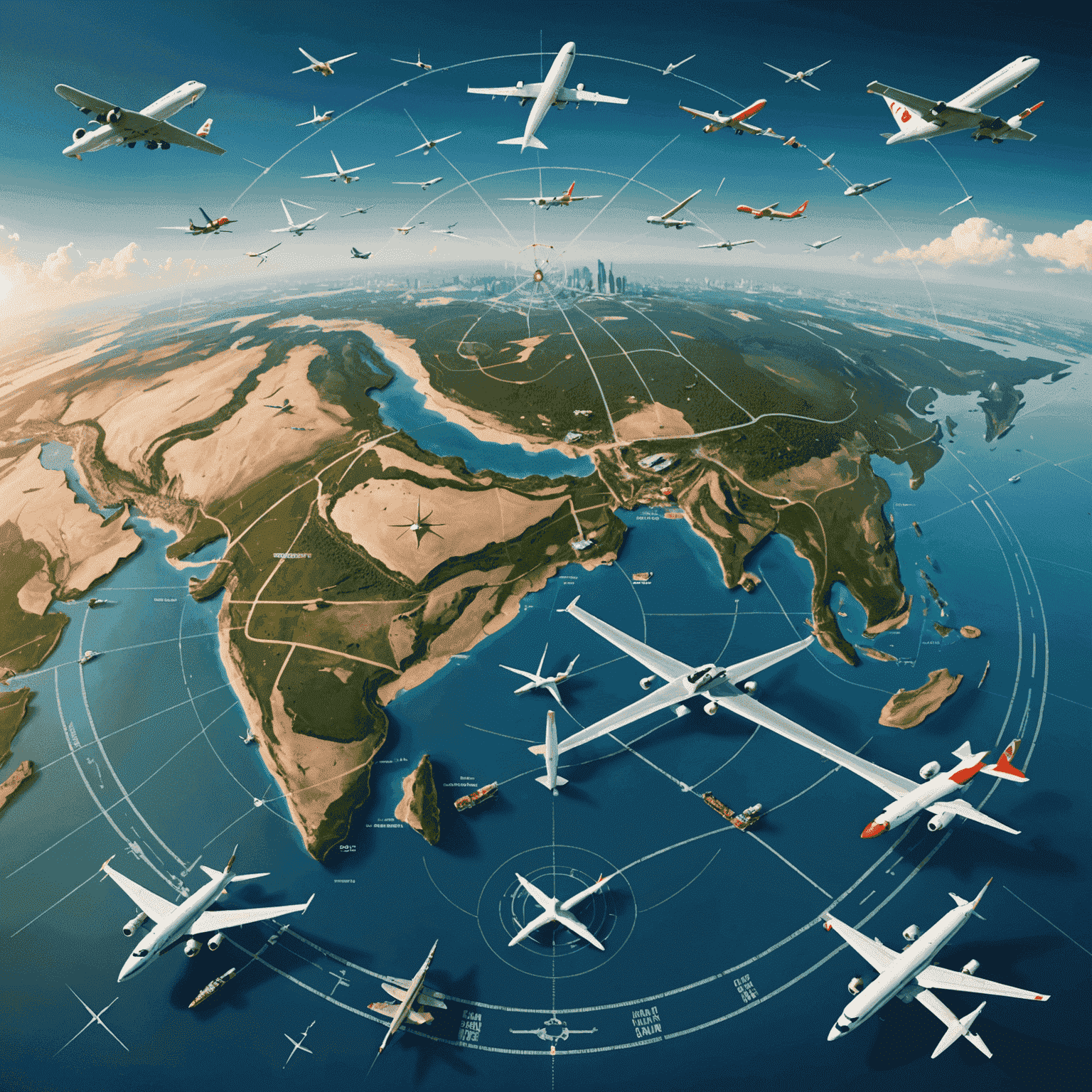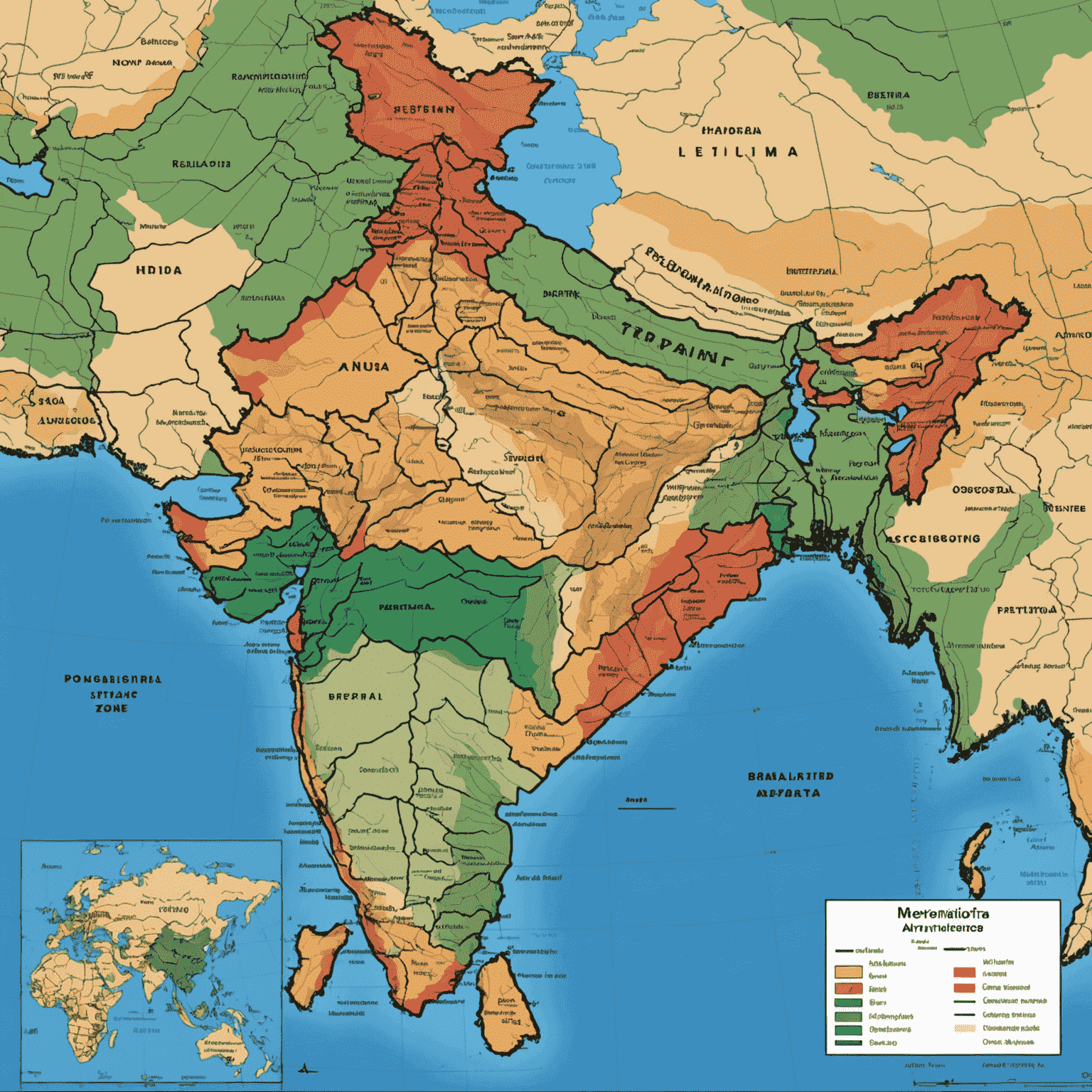Navigating Indian Airspace: Rules and Regulations

For pilots flying in India, understanding and adhering to the country's specific aviation laws and guidelines is crucial for maintaining safety and compliance. This comprehensive guide delves into the intricacies of Indian airspace regulations, helping aviators navigate the skies with confidence.
1. Airspace Classification
Indian airspace is divided into several classes, each with its own set of rules and requirements:
- Class A: Controlled airspace above FL 260
- Class B: Controlled airspace around major airports
- Class C: Controlled airspace around busy airports
- Class D: Controlled airspace around smaller airports
- Class E: Controlled airspace not covered by other classes
- Class G: Uncontrolled airspace
2. Flight Plans and ATC Communication
All flights in Indian airspace must file a flight plan before departure. Maintaining clear and constant communication with Air Traffic Control (ATC) is essential to avoid potential interference in the air and ensure smooth operations.
3. Restricted and Prohibited Areas
India has numerous restricted and prohibited areas, often near military installations or sensitive locations. Pilots must be aware of these zones and avoid them unless specifically authorized.

4. Weather Minimums and VFR/IFR Rules
Visual Flight Rules (VFR) and Instrument Flight Rules (IFR) in India have specific weather minimums that pilots must adhere to. These rules can vary based on the type of aircraft and the nature of the operation.
5. Licensing and Medical Requirements
Pilots operating in Indian airspace must hold valid licenses recognized by the Directorate General of Civil Aviation (DGCA). Regular medical examinations are mandatory to maintain these licenses.
6. Aircraft Equipment and Maintenance
All aircraft flying in Indian airspace must meet specific equipment requirements and undergo regular maintenance checks as per DGCA guidelines.
7. Customs and Immigration Procedures
For international flights entering or leaving India, pilots must be familiar with customs and immigration procedures at designated entry/exit points.
Conclusion
Navigating Indian airspace requires a thorough understanding of the country's aviation regulations. By staying informed and compliant, pilots can ensure safe and efficient operations while flying in India. Remember, regulations may change, so it's crucial to stay updated with the latest information from official sources like the DGCA.